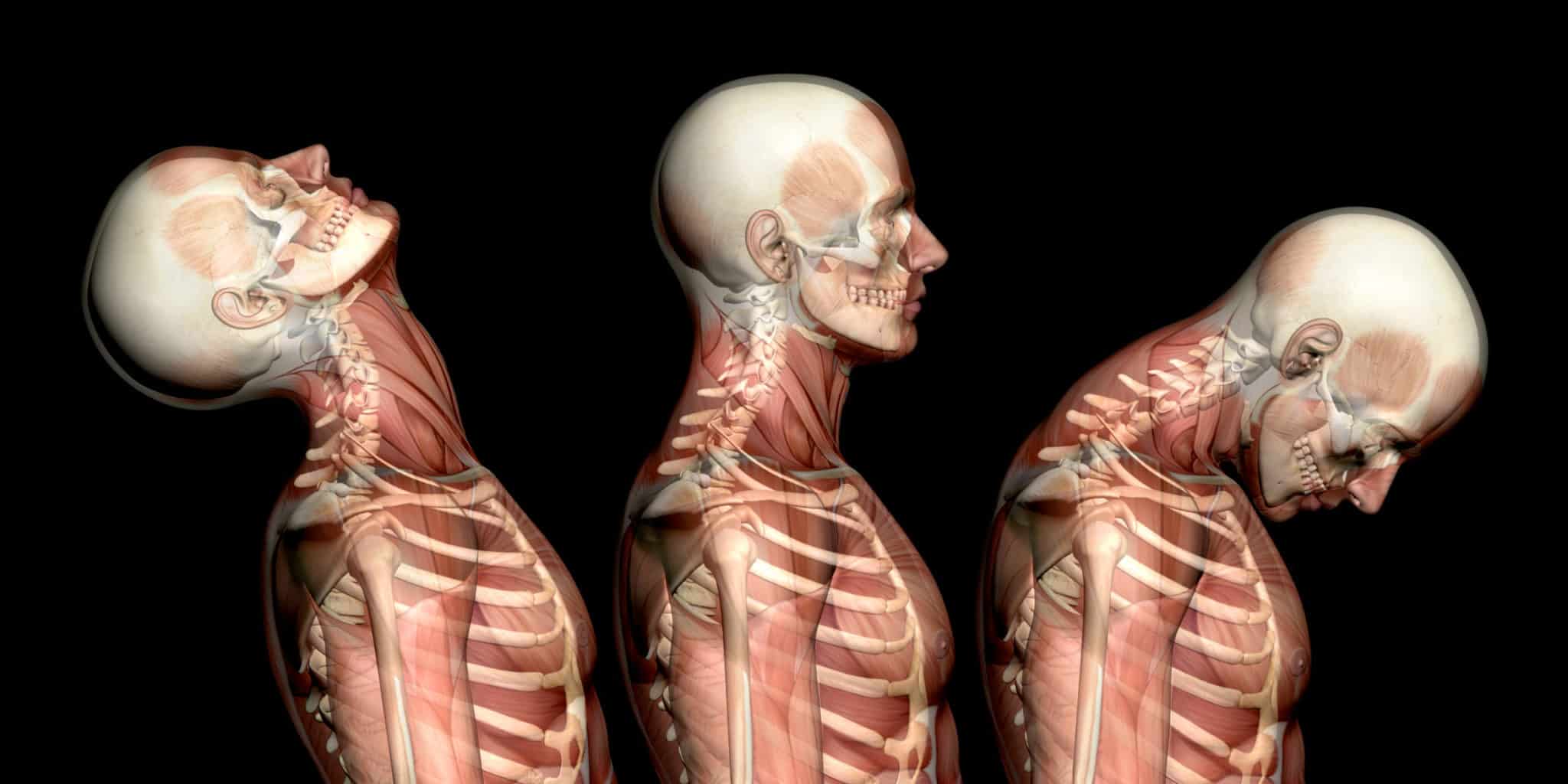
Some personal injury claims are more difficult to prove than others. There is little dispute when an injury victim claims to have suffered a broken bone. Bone fractures are easily identified on an X-ray scan and, in some cases, are outwardly visible.
The same is not true for whiplash injuries. Whiplash is a soft tissue injury that commonly occurs in motor vehicle accidents. Because it can be challenging to prove the existence and extent of soft tissue injuries, many insurance companies will balk at paying out claims based on whiplash. With the right attorney and an aggressive approach, you could recover the compensation you deserve.
Understanding Whiplash
Whiplash can occur in any situation where a significant impact causes the head and neck to violently whip from one direction to another. According to the Mayo Clinic, these injuries are common in motor vehicle collisions due to the sudden impact of a crash.
The Johns Hopkins Clinic defines whiplash as an injury to the neck caused by the neck forcibly bending forward and back again in rapid succession. This movement can tear and strain the tendons, muscles, and ligaments in the neck and shoulders.
It is the status of whiplash as a soft tissue injury that makes it challenging to definitively diagnose the condition. While bone injuries show up on X-ray scans, the same is not true for soft tissue damage. That said, there are ways to show a jury that a whiplash injury not only exists, but also that it is severe.
Evidence of Whiplash
The most important step in proving your whiplash injuries is to seek medical treatment right away. If you delay treatment for your injury, you could face claims from the insurance company that your injuries occurred under different circumstances or that they are not real at all. By seeking medical care, you can obtain the records you need to show a jury you suffer from whiplash.
While X-rays will not typically provide evidence of whiplash, other scans could. Your doctor might be able to document your condition using magnetic resonance imaging (MRI). This type of scan can create detailed images of soft tissues, which your doctor can use to highlight your injury.
A computed tomography (CT) scan could also highlight your soft tissue damage. These scans take a series of images of your body from different angles, making it possible to evaluate muscle, fat, and organs.
Your doctor can also testify as to your physical condition. Your medical records could reflect that you were experiencing stiffness, pain, and the lack of mobility in the neck. Together, this evidence could show a jury that your whiplash injuries are substantial.






